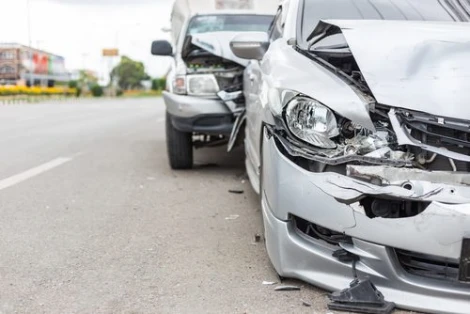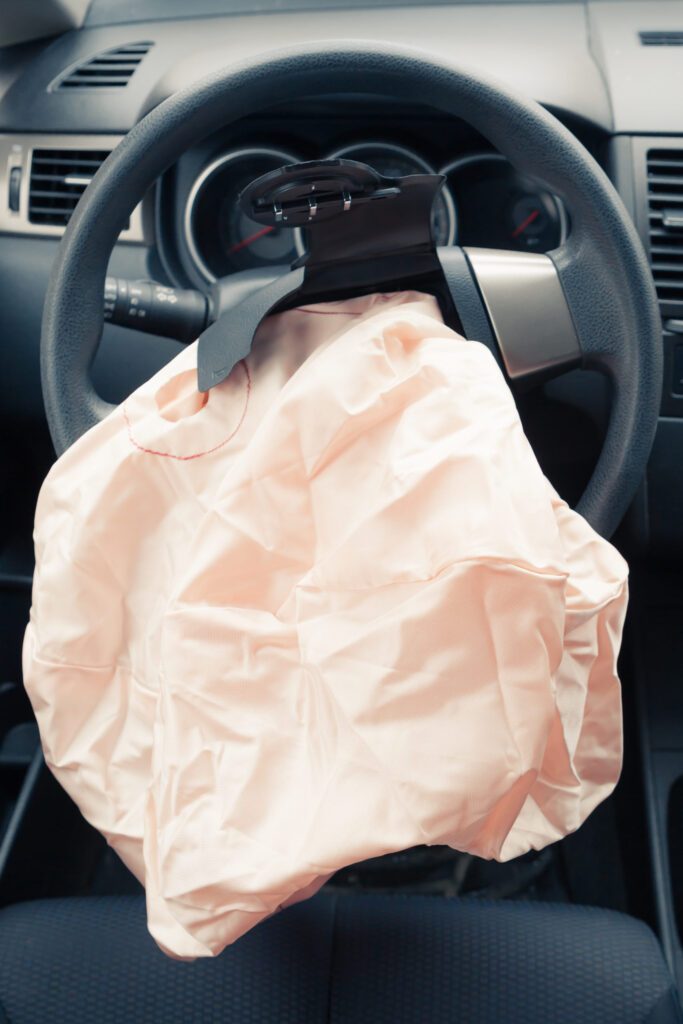
Some people speculate that a “low-impact” car crash will not lead to serious injuries, but this theory is simply not true in many cases. According to DriversEducationUSA.com, a DMV-approved site, “A moving vehicle has a massive amount of kinetic and momentum force and if these occur in a crash, this massive amount of momentum force needs to be absorbed, which can be very deadly and causes a lot of damages. The heavier the vehicle, the faster the speed and the greater the amount of momentum energy that needs to be absorbed in case of a crash.”
DriversEducationUSA.com continues to explain that if you’re in a head-on collision with another vehicle or if you hit a solid object, such as a building or a tree, “the momentum force will have a much stronger and forceful impact because it needs to be absorbed instantly.” And, if you hit another car that is going the same speed, the larger, heavier vehicle will have more force and in effect, it will cause more damage to the smaller vehicle.
So Even A Low-impact Crash Can Cause Drivers And Passengers To Suffer High-level Injuries, Such As:
Whiplash: Whiplash is an injury to the neck that occurs when a car is rear-ended, causing the neck to snap back and forth in a rapid motion. Whiplash can lead to a number of symptoms, including neck pain, headaches, stiffness, numbness or tingling in the arms, blurred vision, sleep disturbances, memory problems, ringing in the ears and more.
Traumatic Brain Injury: The symptoms of a traumatic brain injury (TBI) can appear immediately after a crash, or they may not be noticeable for days or even months after an accident. Some signs of a TBI include headaches, irritability, trouble concentrating, dizziness, fatigue, anxiety, depression, sleep disturbances, repeated vomiting, slurred speech, and decreased coordination.
Spinal Cord Injury: A spinal cord injury can lead to paraplegia, triplegia or quadriplegia. Some of the most common signs of a spinal cord injury include breathing problems, loss of bladder or bowel function, loss of feeling in the arms or legs, muscle weakness or paralyses in the trunk, heart rate problems, blood pressure problems, or sexual dysfunction.
Some of the most serious low-impact, low-speed crashes that lead to catastrophic injuries include pedestrian and bicycle accidents. Even though these types of accidents often occur at low speeds, they can be deadly because pedestrians and bicyclists are not protected by thousands of pounds of steel.
If you have been injured in a low-impact crash, it does NOT mean you can’t sustain serious, high-level injuries. To learn more about filing a claim, contact Jones & Swanson to meet with a Marietta car accident lawyer for free.
Categories: Airbag Safety, Auto Accidents, Car Accident, Catastrophic Injuries, Medical Bills, Personal Injury, PTSD, Wrongful Death



